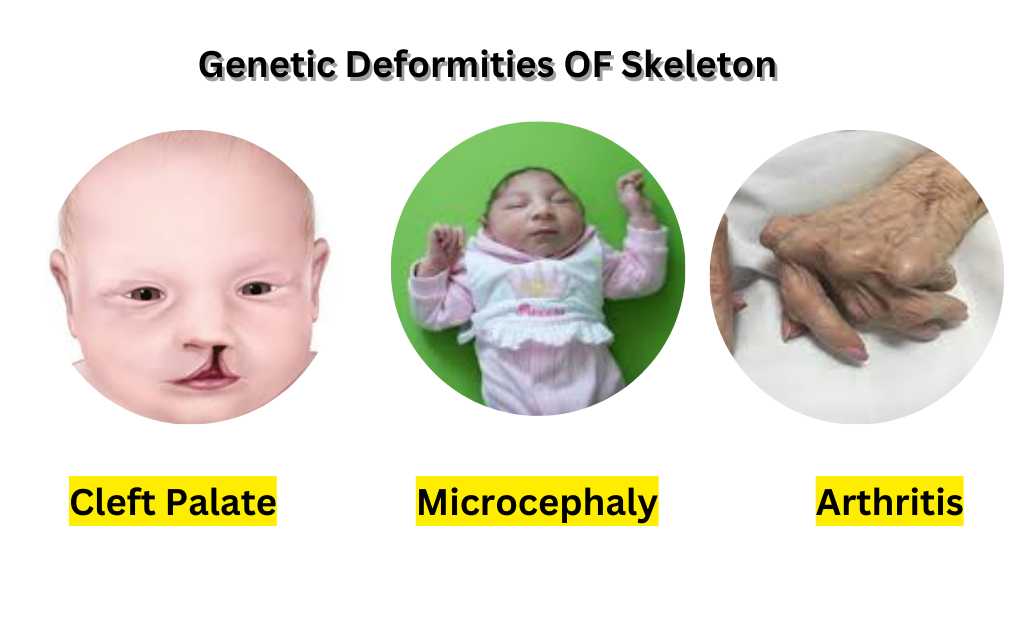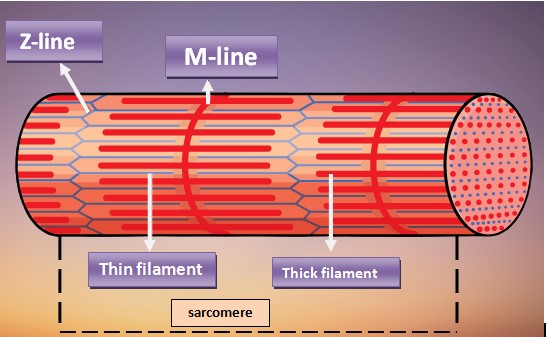What is Ciliary Movement?-Ciliary movement in Protozoans and flatworms
Ciliary motility refers to the rhythmic movement of cilia that causes fluid or cell movement. For example, in paramecium, cilia motility contributes to cell motility and intracellular food movement.
The motility is generated by periodic cycles of assembly and disassembly of the cilium. The ciliary axoneme contains nine pairs of microtubules (MTs) surrounded by a double membrane. Each MT is composed of α- and β-tubulin heterodimers. The two tubulin heterodimers are bound with each other through head-to-tail interactions. The structure of the cilia axoneme is highly conserved among eukaryotes.
Ciliary movement is present in all animal phyla. But it is absent in the arthropods. Cilia and flagella have similar structures. But cilia are shorter than flagella. They are also more numerous than flagella. Flagella are long and they generally occur singly or in pairs.
Cilia and flagella are very useful for propulsion, sensing, and communication in cells. Cilia and flagella are also used for locomotion in protists, bacteria, fungi, and even plants. Cilia and flagella have a common ancestor. Cilia and flagella are also homologous. Cilia and flagella are both made of protein filaments.
1. Ciliary movement in Protozoans
Cilia show coordinated movements. Pairs of cilia occur in rows in ciliated protozoa. Rows of cilia are slightly out of phase (at smaller distances) with one another. Ciliary waves pass over the surface of the protozoan. Many ciliates can rapidly reverse the direction of cilia. It changes the direction of the ciliary waves. Thus it changes the direction of movement.
2. Ciliary movement in flatworms
The epidermis of free-living flatworms has abundant cilia. The smaller flatworms are turbellarians. They are about 1 mm long. They use cilia for locomotion. Larger flatworms are triclads and polyclads. They use cilia for creeping. It is called ciliary creeping. It is the principal mean of locomotion.
Nemertines are the largest animal that moves by ciliary creeping. The flatworm shows various muscular activities. They show pedal locomotion, peristalsis, or looping movements. It involves anterior and posterior adhesions. Ciliary and muscular movements are present in the same animals, flatworms.
It shows that the transition or evolution of the muscular movement from ciliary movement took place in flatworm-like ancestors.

 written by
written by 



Leave a Reply